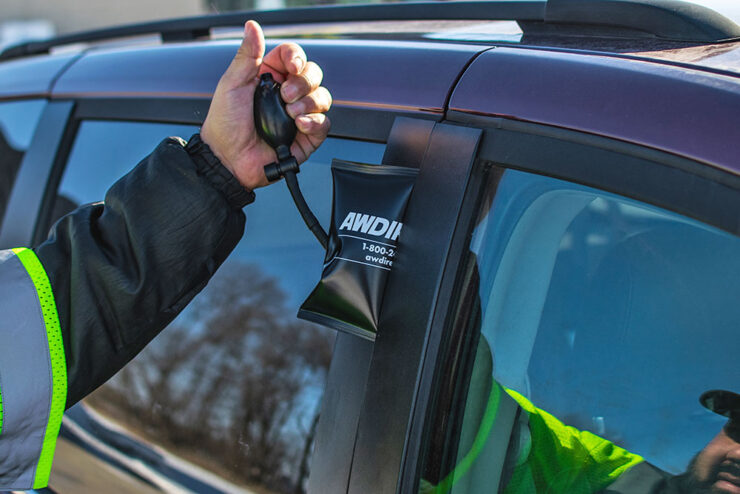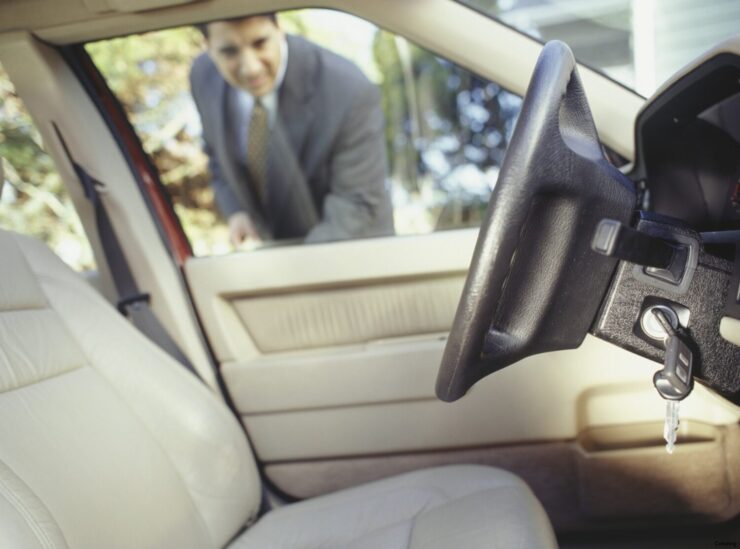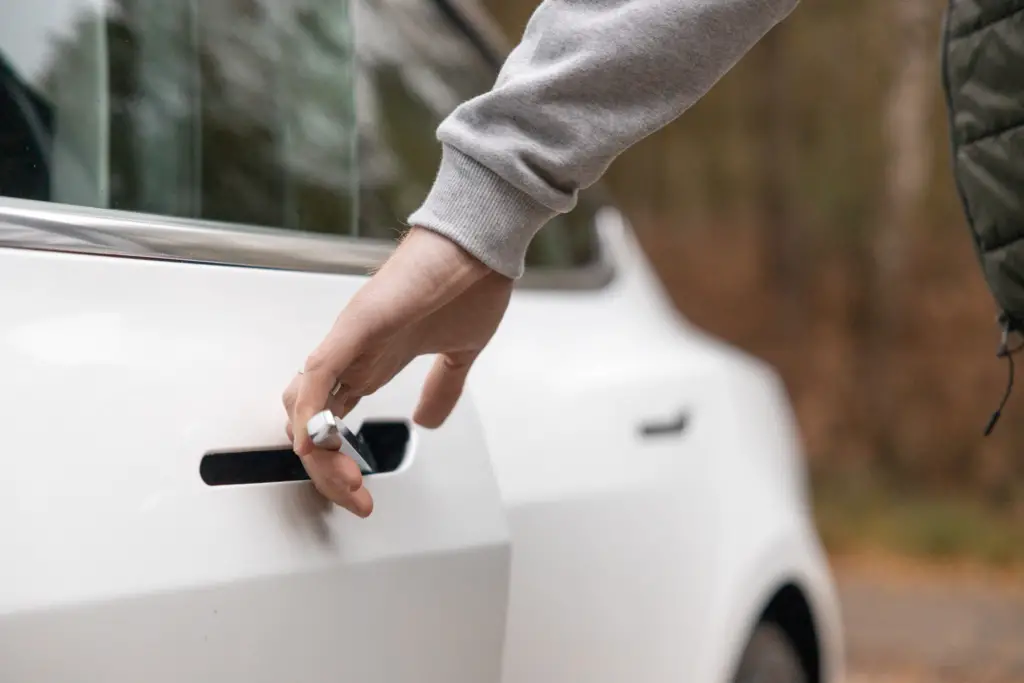There’s a moment of sinking despair when you realize you’ve locked your keys in your car. A moment when time seems to stand still and all your plans are put on hold. The stress of a lockout situation can be overwhelming, but before you let panic set in, remember: it’s a solvable problem. With a little knowledge and the right tools, unlocking your car can be a hassle-free task. In this article, we’re about to delve into the wedge method – a handy technique that could get you back into your vehicle without needing a key or calling for professional help.
Gather the Necessary Tools

Before we dive into the procedure, it’s vital to know what you’ll need. The most crucial item is, of course, a wedge. The type of wedge can vary depending on what you have at hand and what works best for your vehicle (we will delve deeper into this topic in the next section). Additionally, you need a tool called a ‘big easy’ or a long, thin rod. A straightened coat hanger also works.
This might seem like an unconventional toolkit, but it’s all about improvising. Ideally, you’d have a specialized lockout toolset, but not everyone has one on hand. Remember, you’re trying to create a gap between the car door and frame, and then manipulate the lock from the inside. The wedge and rod are key to achieving this without damaging your car. Find here professional car locksmiths in St Louis should you end up needing it.
Understanding the Wedge Method
So, how does the wedge method work? Essentially, it revolves around creating a small opening between your vehicle’s door and frame. Once this gap is established, you can insert your long, thin tool and manually unlock the car from the inside. The logic is straightforward, but the execution requires a certain degree of finesse and patience.
The biggest challenge is to maintain the delicate balance between creating a large enough gap to maneuver the rod and not damaging the door or frame. The goal is to exert just the right amount of pressure to pry the door open slightly without causing any visible damage. Now that we understand the basics, let’s delve into the specifics of the wedge you should use.
Identifying the Appropriate Wedge

Selecting the right wedge is a critical step. Some people use a doorstop, while others use a specially designed air wedge. The tool you choose will depend on the materials you have available and the type of vehicle you’re dealing with. However, the best option for most cars is an inflatable air wedge, which is a soft pouch that can be pumped up to exert gentle, even pressure on the door.
Using an air wedge reduces the risk of damage to your vehicle, as the force applied is spread over a larger area. However, if you don’t have an air wedge on hand, a rubber doorstop or even a wooden kitchen spatula can be used. The critical factor is to use something soft or flexible that won’t scratch or dent the car’s paintwork.
Precautions and Safety Measures
Let’s be clear: unlocking your car using the wedge method isn’t without risk. If not executed carefully, you can cause permanent damage to your vehicle’s door or frame. This is why it’s crucial to take safety precautions. First, avoid using hard or sharp tools that could scratch or dent your car. Use gentle, steady pressure when creating the gap, and don’t force the door open further than necessary.
The second precaution is legality. It’s important to note that using this method to unlock any vehicle that isn’t yours is illegal and unethical. Misuse of this information can lead to serious consequences. Always respect others’ property and privacy, and only use these techniques in an emergency situation involving your own vehicle.
Step-by-Step Guide to Unlocking Your Car

Now, let’s delve into the meat of the matter – the step-by-step guide. Begin by gently inserting your chosen wedge into the top part of the car door, just where the door meets the frame. Apply light pressure to create a small opening, making sure not to damage the door or frame. The goal is to create just enough space to insert your long, thin tool.
Once you’ve established a gap, you can introduce your rod or ‘big easy.’ Feed this through the gap you’ve created and gently guide it towards the lock. Depending on the type of car lock, you will either need to push or pull the locking mechanism to disengage it. Keep patience, as this might take some time.
Troubleshooting Tips
Sometimes, even with the best guidance, things don’t go according to plan. If you’re struggling to create a gap, don’t force it. Try repositioning your wedge or using a softer material. If you can’t reach the lock, don’t panic. The lock might be further away or at a different angle than you initially thought.
If you’re unable to unlock the car after several attempts, it might be time to call a professional. A skilled locksmith has the necessary tools and experience to handle more complex locks or unexpected issues. Remember, it’s better to incur the cost of a locksmith than to damage your vehicle.
Alternative Methods for Emergency Situations

If the wedge method isn’t working, there are a few alternatives you can consider. One such method is using a ‘slim jim,’ a thin strip of metal used to disengage the lock mechanism directly. However, this method is less recommended as it can potentially damage the car’s wiring if not used correctly.
Another alternative is the classic coat hanger technique, where the hanger is reshaped into a hook to disengage the lock. In all instances, if you’re not comfortable or if you’re facing difficulty, it’s best to reach out to a professional locksmith. Safety and prevention of damage should always take precedence over solving the problem quickly.
Wrapping Up

In conclusion, we’ve journeyed through the ins and outs of unlocking a car using the wedge method. We’ve understood the concept, identified the necessary tools, and examined the steps involved, not to mention exploring alternative solutions and preventive measures.
We hope this guide has not only equipped you to handle a lockout situation but has also instilled the importance of preparedness, caution, and respect for the property. Remember, this guide is meant for personal use in emergency situations. Misuse could lead to legal consequences. Use this knowledge responsibly, and stay prepared to turn an overwhelming situation into a manageable one.

